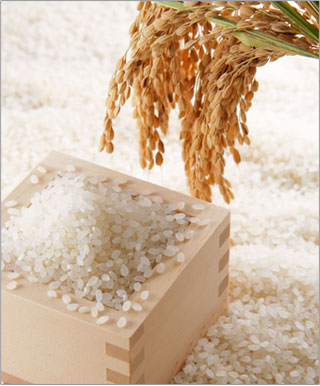Sommelier Talk: Episode 1 – Rice vs Grapes
Sake production took root in Japanese culture with the arrival of the wet-rice cultivation process brought from China into Japan some 3,500 years ago. Due to the warmth and high humidity that hovers over the country from spring to summer, rice cultivation flourished and also advanced the sake brewing culture throughout the country. For sake brewing, Japonica rice is the best, out of which the Yamadanishiki and Gohyakumangoku varieties rank highest in quality.For wine, the main ingredient is the Vitis Vinifra species of grape or simply wine grapes, as opposed to table grapes consumed for food. Wine grapes are also categorized by variety, of which there are many for wine brewers to select.
Grapes are fruit which produce natural glucose sugars as they ripen. All that is needed to begin the fermentation process is the addition of yeast. In the case of sake, the base ingredient, rice, has no natural sugars, so there’s an extra step involved; the harvesting of Koji rice enzymes, which is both a scientific and artisanal endeavor.
Clearly, wines born from fruit versus sake from grain, are vastly different products. So, for sake to be referred to as “rice wine” is a misnomer and frankly, an injustice to the sake brewing art. Sake is a unique Japanese alcoholic beverage, an independent, stand alone product in a category of its own.


